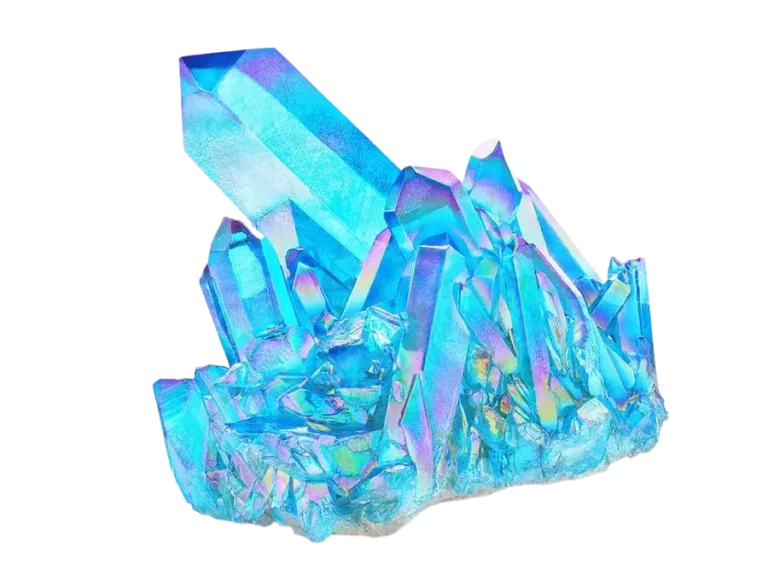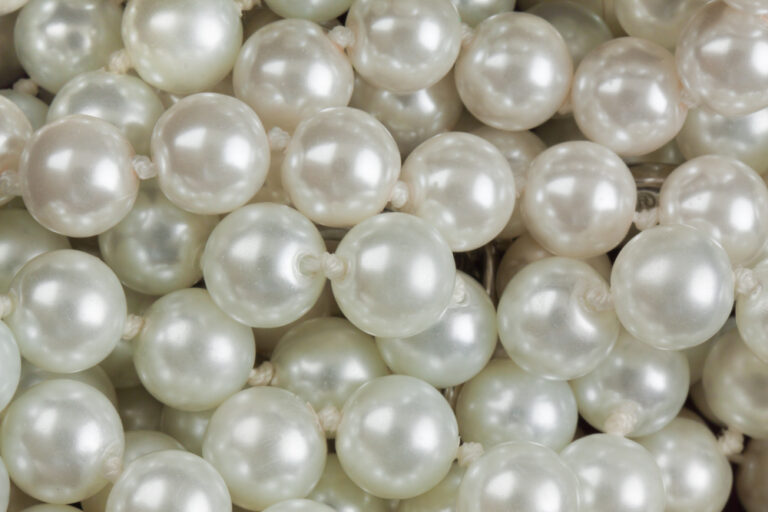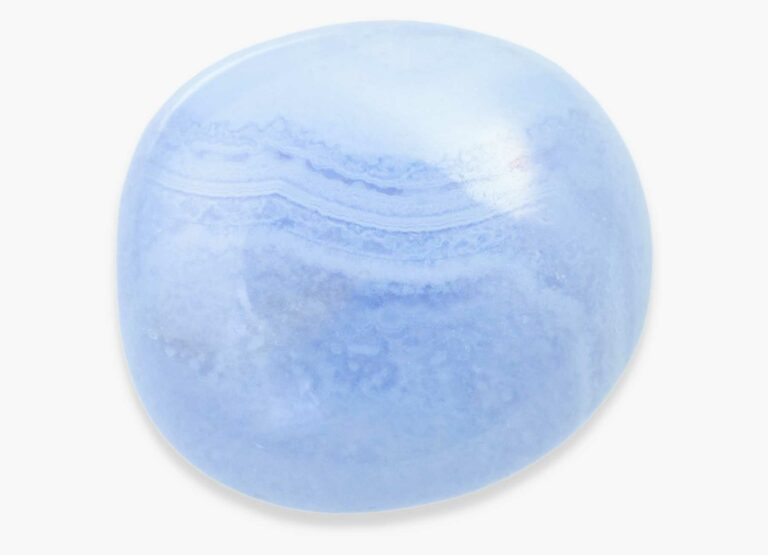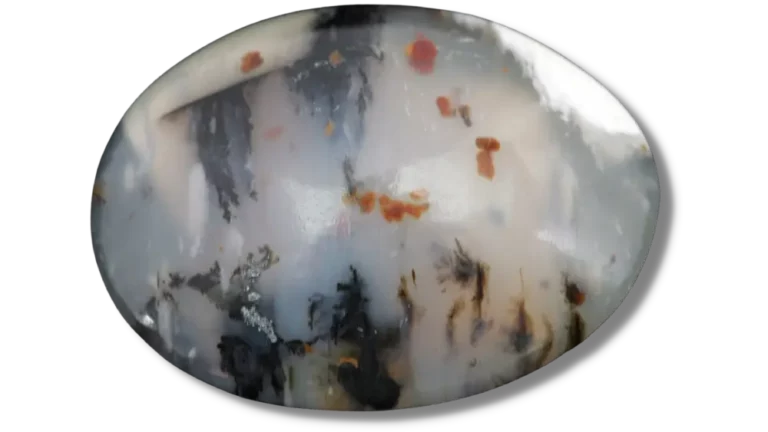Apatite Crystal: Properties, Benefits & Meanings
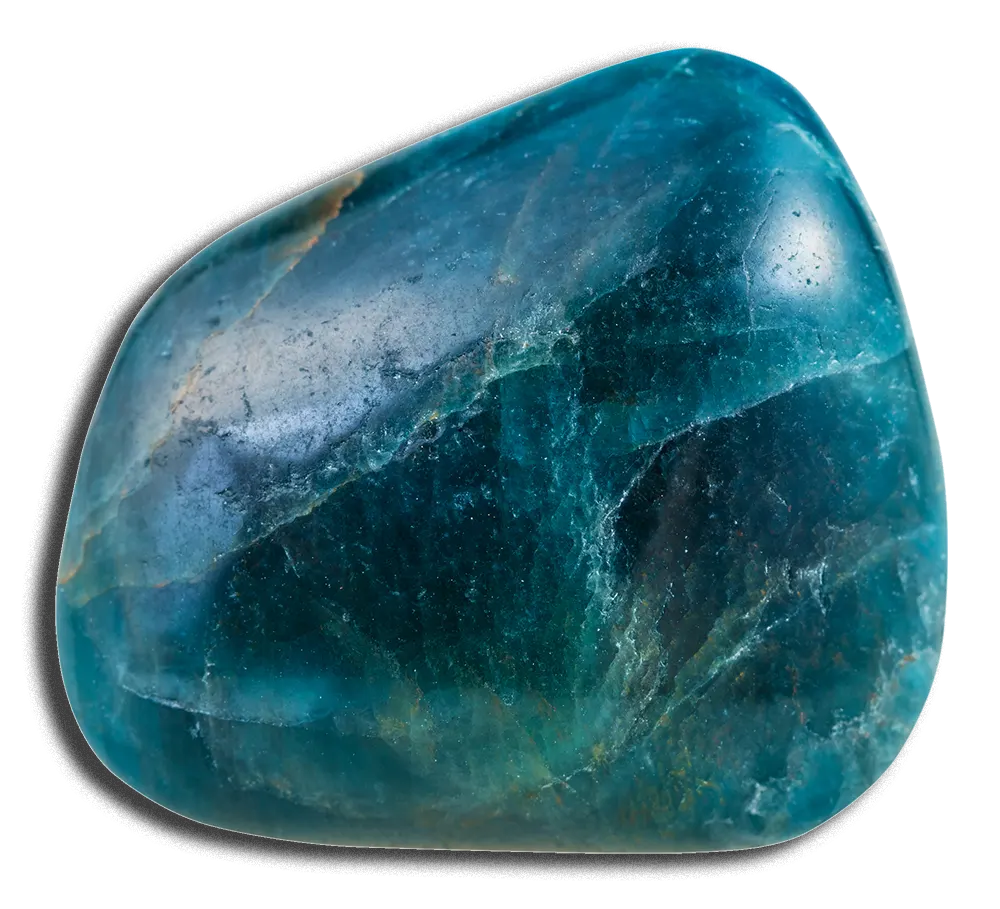
Apatite Crystal Overview
Apatite Crystal is a naturally occurring mineral that’s usually found in igneous rocks. It’s known for its high phosphorus and fluorine content, giving it a distinct blue-green color.
The name Apatite comes from Greek words meaning “to deceive” or “deceitful.”
The name was given because Apatite crystal easily forms pseudomorphs (an impression) of other mineral species such as beryl or quartz. Because of this, the crystal has always been confused with emeralds and other green minerals.
In this article, you will learn about the properties, meanings, and uses of the Apatite crystal.
What Is Apatite Crystal?
Apatite is a mineral formed from hydroxyl apatite, a phosphate of calcium, fluorine, and hydrogen. Therefore, it’s also known as calcium fluorine.
Because it forms crystals, Apatite can be used to make jewelry and other items with an attractive appearance. The color of the crystals varies depending on the mineral composition, but most apatite crystals are shades of green, blue, or purple. Some have a metallic sheen. They’re often used for their healing properties, but they’re also used for decorative purposes.
Apatite is known for being able to help with problems relating to the bones and teeth. It’s also thought to be good for helping with stress and anxiety.
Industrial Uses of Apatite Crystal
As it is a source of two critical elements, phosphorus and fluorine, Apatite has found many uses in industry.
- Apatite Crystal is used to make various products, including ceramics, glass, and enamel.
- It is also used to manufacture phosphoric acid, an ingredient in fertilizers and other agricultural chemicals.
- Apatite Crystal can also be a source of uranium and vanadium, though these elements occur only in trace amounts.
Where Can You Find Apatite Crystal?
Apatite is a common mineral found all over the world and even on the moon!
Meteorological Sources Of Apatite Crystal
Apatite has also been found in meteorites that have fallen to Earth. Apatite is an important mineral in the study of meteorites because it can be used to date them and determine their origin.
Apatite Crystal Appearance
Apatite is one of the most common minerals on Earth, and it can be found in many different locations. It is a calcium phosphate mineral, which is made up of calcium and phosphorous. It can be found in many colors, including yellow, purple, blue, green, and violet.
It has a hexagonal crystal shape and is usually transparent and opaque but can also be translucent. When they are translucent, they will have a blue or green hue. This coloration comes from traces of iron present in some apatites.
Apatite Crystal Physical Properties
| Mineral Group | Apatite Group |
| Formula | Ca5(PO4)3(Cl/F/OH) |
| Color | Blue, Violet, Colourless, Yellow, Green |
| Hardness (Mohs scale) | 5 |
| Refractive Index | 1.628 – 1.651 |
| Fracture | Conchoidal |
| Luster | Vitreous |
| Specific Gravity | 3.16 – 3.23 |
| Crystal System | Hexagonal |
| Transparency | Transparent, Translucent |

How To Tell If Apatite Crystal Is Real?
You can use the following tests:
- Color: Check for vibrant, varied colors. If it looks flat and uniform throughout the stone, it’s probably fake. Natural-looking changes in hue are most common in the center of genuine diamonds; large groups of small spots may indicate blemishes or imperfections.
- Acetone Test: Do an acetone test. Soak in acetone for a few minutes to see if the color comes off. If it does, then it’s likely fake.
- Transparency: Check for clarity. If a stone looks cloudy, it’s probably not genuine.
- Check for inclusions: Inclusions are natural flaws in the rock. If you look closely at your gemstone, you should be able to find them—they will probably be small and irregularly shaped.
If unsure of the quality, take it to an expert for evaluation.

Apatite Value
Apatite Crystal is a relatively common mineral, and it is not usually valuable. However, it can be used as an ornamental stone because of its attractive coloration and appearance. The value of Apatite depends on the size, shape, and color of the stone.
- Size: Smaller stones are usually more valuable than larger ones, but this is not always the case. The value of Apatite also depends on its shape; long and thin specimens have a higher value than round ones.
- Color: The most common colors are green, violet, and red; these stones are usually not highly valued unless they have interesting shapes or sizes. Apatites with other colors such as yellow and blue are rarer and more valuable.
- Transparency: Transparency is essential when determining value as it allows you to see the stone’s internal beauty.
- Quality: Apatite Crystal free of cracks and other imperfections is more valuable than stones with defects. Apatite is a relatively soft stone, so it’s essential to look for specimens that have not been damaged. The best quality apatite has high transparency and luster. The stone should also be free of cracks, inclusion, and other defects.
- Cut: Apatite is often cut in cabochon shapes with flat or domed surfaces. The most common cuts are round and oval, but other popular shapes include rectangular and pear. The best quality Apatite Crystal are cut so that all sides of the stone have high transparency and luster. An Apatite crystal with high transparency will also look better when cut in a way that exposes its color as much as possible.
Apatite Crystal Chakra Connection
Apatite Crystal is strongly associated with the Throat Chakra. This chakra is the center of communication and expression. It is located at the base of the neck, where it connects with our physical body. Another name for this chakra is Vishudda in Sanskrit.
This chakra helps us express ourselves, communicate clearly and diplomatically, and listen to others with compassion and understanding.
This chakra is also responsible for our self-expression, as well as how we share our thoughts and feelings with others.
When this chakra is blocked, or out of balance, it can lead to feelings of loneliness and isolation. It can also cause us to be overly critical of ourselves or others.

Apatite Crystal Meaning And Uses
- Apatite is a stone of transformation and creativity. It’s said to help you break old habits and develop new ones, which can be especially helpful when trying to quit smoking or lose weight.
- Apatite Crystal can also support your body’s ability to heal itself, so you may find yourself feeling less pain and more comfort. And because it’s a crystal for transformation, Apatite can help you make big changes in your life or even slight changes that make a big difference.
- Apatite is a crystal that is used for healing and protection. It can help you to understand your place in the universe, and it can help you to understand the negative energy that you are experiencing. It will give you a sense of calmness and peace when you have trouble sleeping or when you need help sleeping. People believe that you can also use an Apatite crystal to help remove toxins from your body, which will make it easier for it to heal itself.
- You can use an Apatite crystal to help manifest your desires into reality. The energy of this crystal helps you see things with clarity so that you can make better decisions about the future and move forward in life with confidence and purpose.
- The Apatite crystal is known as a stone of transformation because it helps with manifestation and change. It can help you see things through to completion by helping you get what you want out of them. It also helps with self-esteem and confidence issues by helping you become more confident in yourself and your abilities.

How To Clean Apatite Crystal Jewelry?
- Apatite should be cleaned regularly with mild soap and lukewarm water—but not left to soak in a container filled with liquid.
- The jewelry must be thoroughly dried before being stored. The stone or other jewelry pieces can be damaged if it remains wet after cleaning.
- It is also important to dry it thoroughly before storing it in a cool and dry place.
- You can recharge your stone by burying it in the Earth, drawing out any negative energy it contains and replacing it with positive energy.
- Make sure you do this at least once a month to keep your stone charged and at its highest potential.
FAQ
Which Gemstones Go Best With An Apatite Crystal?
Apatite goes well with Chrysoprase and Alexandrite. These two gemstones are similar in color to Apatite and will complement each other nicely when worn together.
Apatite also looks good next to moonstone. These stones feature an opalescent appearance, so they’ll look great when paired together.
What Is Apatite Good For?
Apatite is good for balancing emotions—especially if you’re going through something difficult or painful in your life right now. It will help keep your emotions at the right level so that they don’t go overboard and become too intense or harmful.
What Are The Healing Properties Of An Apatite Crystal?
Apatite is known for having healing properties that can help ease pain and inflammation, as well as boost the immune system. It has also been said to be an excellent stone for people suffering from chronic fatigue, depression, or anxiety.
Is Apatite Heat Treated?
Apatite is a natural stone that’s not heat-treated. Some apatite can be irradiated to change its color, but that’s not common practice, and it’s not something you need to worry about when purchasing an apatite gemstone.


